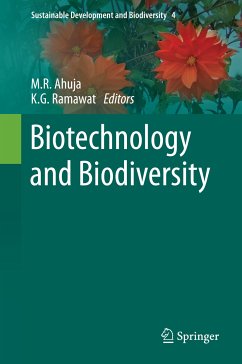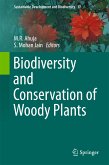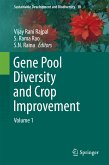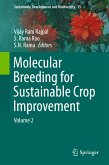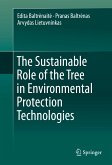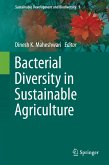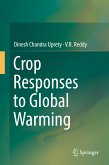Current rates of disappearance of biological and cultural diversity in the world are unprecedented. Intensive resource exploitation due to social and economic factors has led to the destruction, conversion or degradation of ecosystems. Reversing these trends requires time to time assessment to integrate conservation and development. Biotechnological tools, particularly the micropropagation technique has been helpful in developing protocols for multiplication of endangered and threatened species. Chapters are written by leading scientists in their field and include biotechnological approaches to threatened and endangered species, pteridophytes, conifers, non-conifer species of gymnosperms, tree species, impact of genetically modified crops, cryopreservation of diverse species, conservation of forest resources, and health and environment.
The book will be useful to botanists, biotechnologists, environmentalists, policy makers, conservationists and NGOs working for environment protection.
Dieser Download kann aus rechtlichen Gründen nur mit Rechnungsadresse in A, B, BG, CY, CZ, D, DK, EW, E, FIN, F, GR, HR, H, IRL, I, LT, L, LR, M, NL, PL, P, R, S, SLO, SK ausgeliefert werden.

